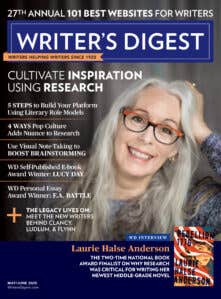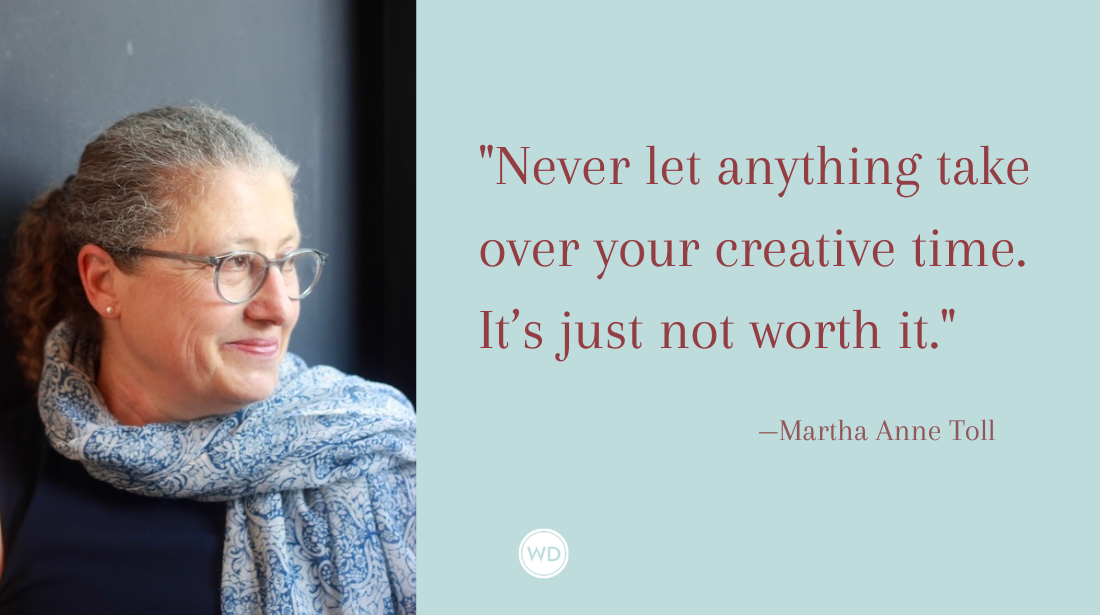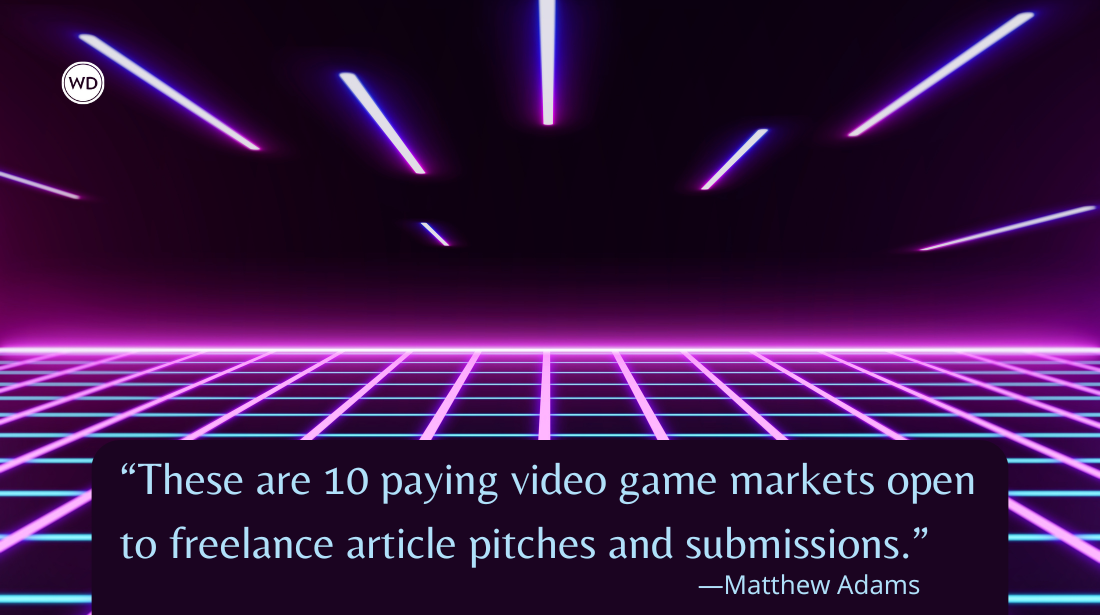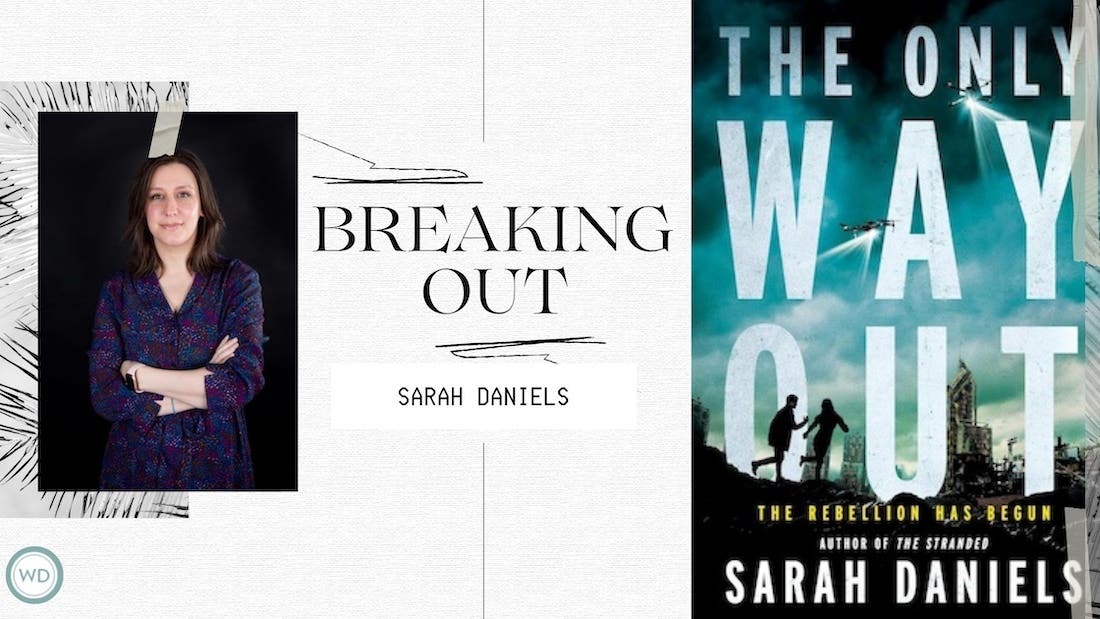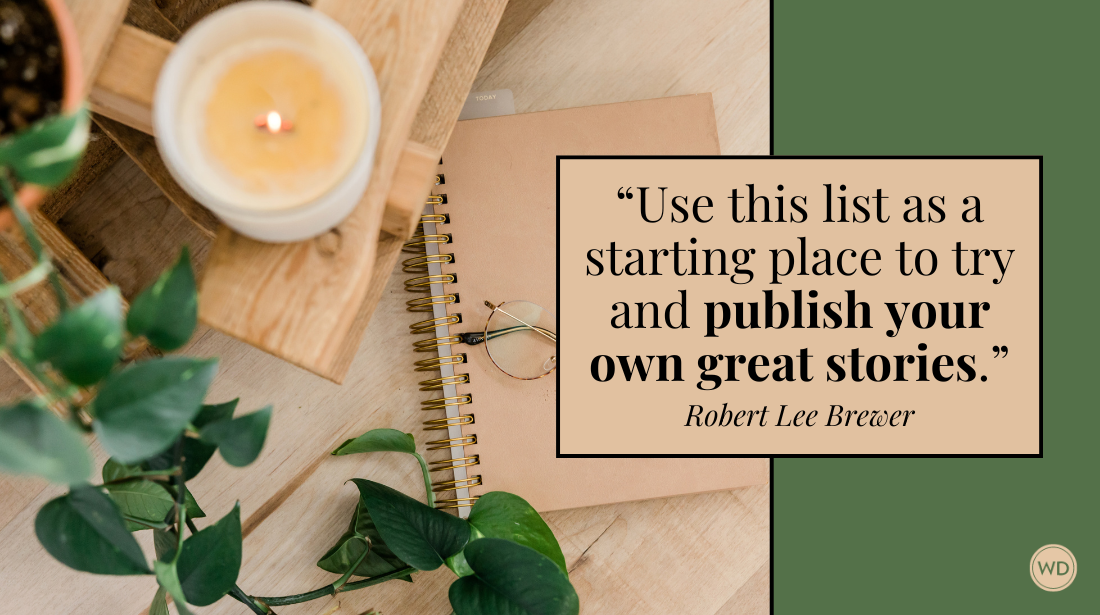Super-Powered Book Proposals Secret #2: Numbers Always Need Meaning & Context
This post is part of a series I’m writing on how to super-power your nonfiction book proposal. For the majority of nonfiction book ideas (except possibly memoir), you should prepare…
This
post is part of a series I'm writing on how to super-power your
nonfiction book proposal. For the majority of nonfiction book ideas
(except possibly memoir), you should prepare a book proposal first,
rather than write the manuscript. To find out if you should write a book proposal, click here.
Secret #2: Numbers Always Need Meaning & Context
You'll often hear advice on how to attach numbers to everything in your book proposal, especially for market, platform and promotion information.
For example:
- A Google search result on [topic] turns up more than 10 million hits.
- A U.S. Census shows more than 20 million people in this demographic.
- An Amazon search turns up more than 10,000 books with "dog" in the title.
- I have 3,000 friends on Facebook.
- I have 20,000 fans on Twitter.
These numbers are fairly meaningless unless you can add context to them. Remember what your statistics professor told you: You can make the numbers say anything you want! So, you have to tell the story behind the numbers.
Here are examples of how to add meaningful and impressive numbers to your proposal:
- There are 3 major sites devoted my topic at [URLs], and none of them have been updated since 2009. When I posted current information about this topic on my site, it became the leading referral of traffic for me, with more than 100 people visiting each day as a result.
- Media surveys indicate that at least 50% of people in [demographic] plan to spend about $1,000 on their hobby this year, and 60% indicated they buy books on [topic].
- The 5 most highly ranked titles on Amazon on this topic are now all at least 5 years out of date. Recent reviewers complain the books are not keeping up with new information and trends.
- I run regular giveaway events on Facebook, and during the last event, more than 500 people sent their favorite quote on [topic] to be considered for the giveaway—and to also be considered for the book.
- I have 20,000 friends on Twitter, and Twitter is the No. 1 source of traffic to my blog (5,000 visits per month). Most links that I share on Twitter get more than 200 clicks each.
Show that you know your market in a meaningful way, show specifically how and where the market is engaged and growing, and show the engaged role you have. When you can quantify those things, you're golden.
Previous blog posts on this topic:
- Super-Powered Book Proposals Secret #1: There Is No Try. Do!
- A Book Proposal Is Like a Business Plan
- The Golden Rule About Nonfiction Books
- Craft a Salable Nonfiction Hook
- Not All Books Need to Be Well-Written to Sell
Looking for the best guide ever to book proposals? Check out Michael Larsen's How to Write a Book Proposal, the most definitive guide on the topic since the 1980s.
Jane Friedman is a full-time entrepreneur (since 2014) and has 20 years of experience in the publishing industry. She is the co-founder of The Hot Sheet, the essential publishing industry newsletter for authors, and is the former publisher of Writer’s Digest. In addition to being a columnist with Publishers Weekly and a professor with The Great Courses, Jane maintains an award-winning blog for writers at JaneFriedman.com. Jane’s newest book is The Business of Being a Writer (University of Chicago Press, 2018).


